Devonian period
(419-359 MYA)
3
Biomes
6
Continents
13
Animals
18
Plants

Map
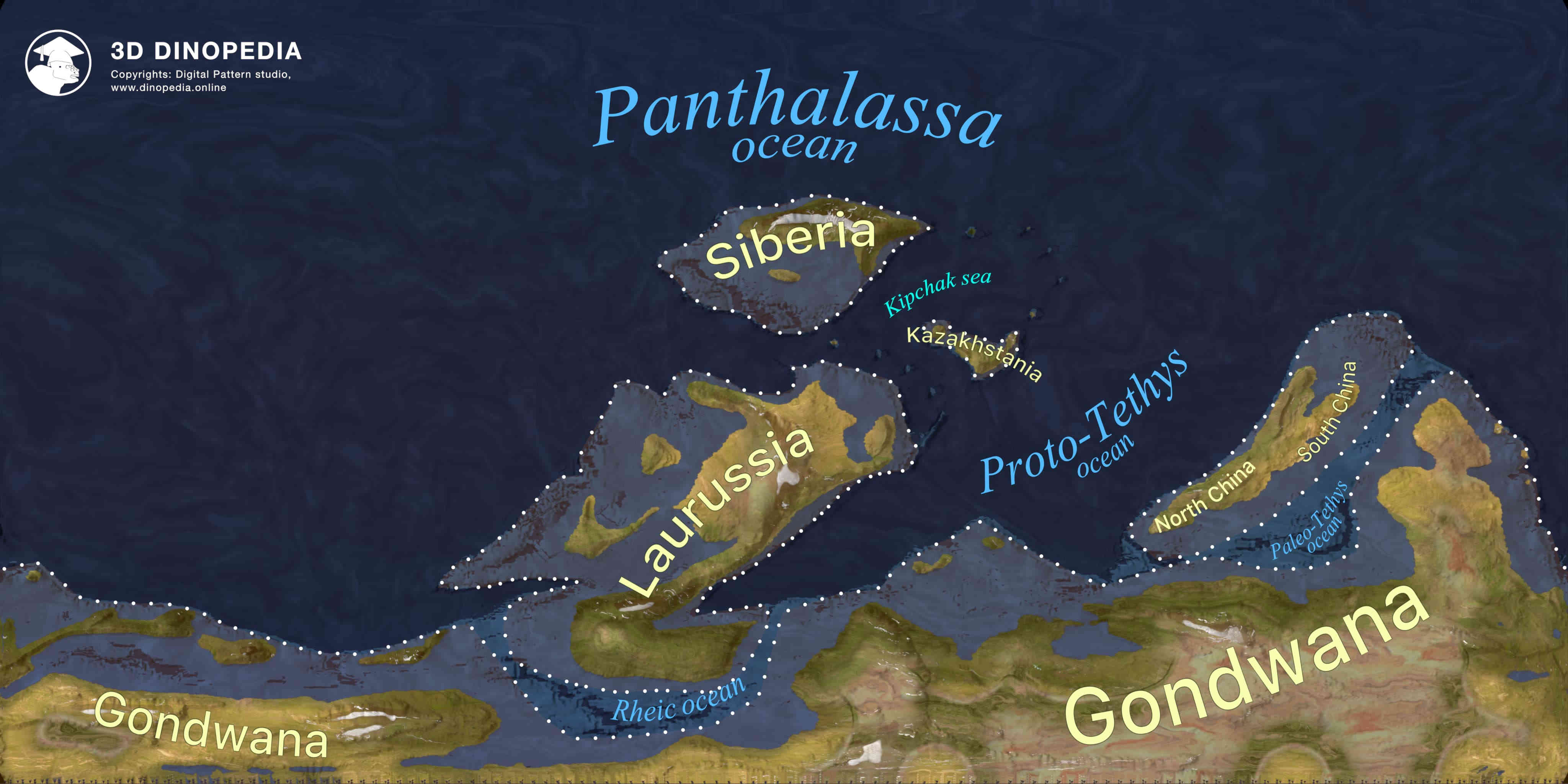
Description
The Devonian Period is the fourth period of the Paleozoic Era. It spans a time interval approximately between 419 and 359 million years ago. The duration of the period was 60 million years. It was named after the English county "Devonshire" in the United Kingdom.
The map of the Earth continued to change, the continents gradually converged. Particularly large-scale processes were taking place with Laurussia - it made a substantial journey from the northern hemisphere, across the equator, to the south, and began a collision with Gondwana. The process of reunification of all major and minor continents will be completed in the next period, the Carboniferous period.
The Earth's climate at the beginning of the period was warmer than today, but gradually cooled down, with the southern pole being covered by ice by the end of the period.
The Devonian Period is known as the "age of fish": placoderms reached maximum diversity, closely followed by cartilaginous (sharks and others) and bony fish. Among invertebrates, brachiopods, echinoderms, trilobites, eurypterids, and cephalopod mollusks flourished. The first ammonites appeared.
Important events took place on land. Ancient plants - psilophytes (Psilophytopsida) or rhyniophytes (Rhyniophyta) became extinct, but the first horsetails and ferns appeared. The first trees grew, which by the end of the period were forming forests. Seed ferns emerged, as well as, possibly, the oldest gymnosperms. These plants produced the Earth's first seeds. Among terrestrial invertebrates, a significant event also occurred - the emergence of insects, albeit still wingless. But perhaps the main event of the period was the transition of fish to land and the formation of the earliest terrestrial vertebrates, such as Ichthyostega.
The period ended with a massive extinction - one of the largest in the last 500 million years.
The formation of the first forests led to the emergence of a new type of rock, highly valued today - coal. And the active Devonian magmatism contributed to the emergence of diamond deposits and other valuable minerals.
Note: "Coal and diamonds are two types of materials that form underground, but in different ways. Coal is a type of fuel that forms from plant remnants that slowly transform into a solid substance under the influence of high pressure and temperature over millions of years. That is why coal is often used as a fuel to produce electricity. On the other hand, diamonds are just carbon (the same material as in coal) which undergoes enormous pressure and temperature deep underground. This process transforms carbon into diamonds, the hardest known natural materials, which are used in jewelry and for industrial purposes."

Animals
Expand more
Loading...

3D Biomes
Articles

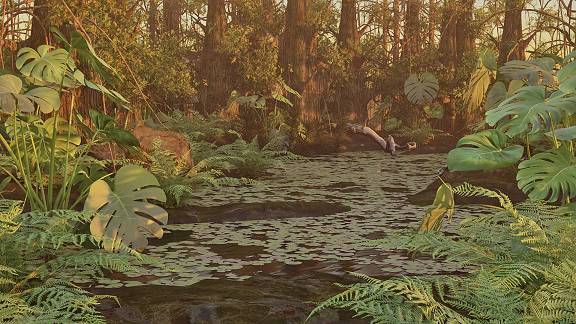
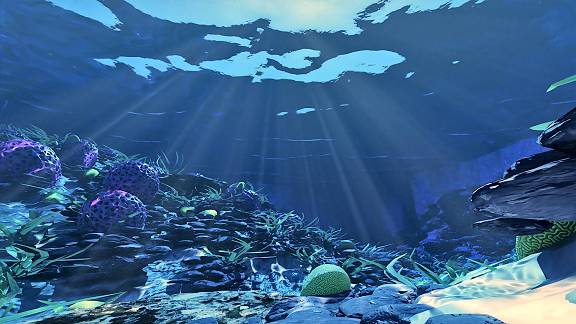
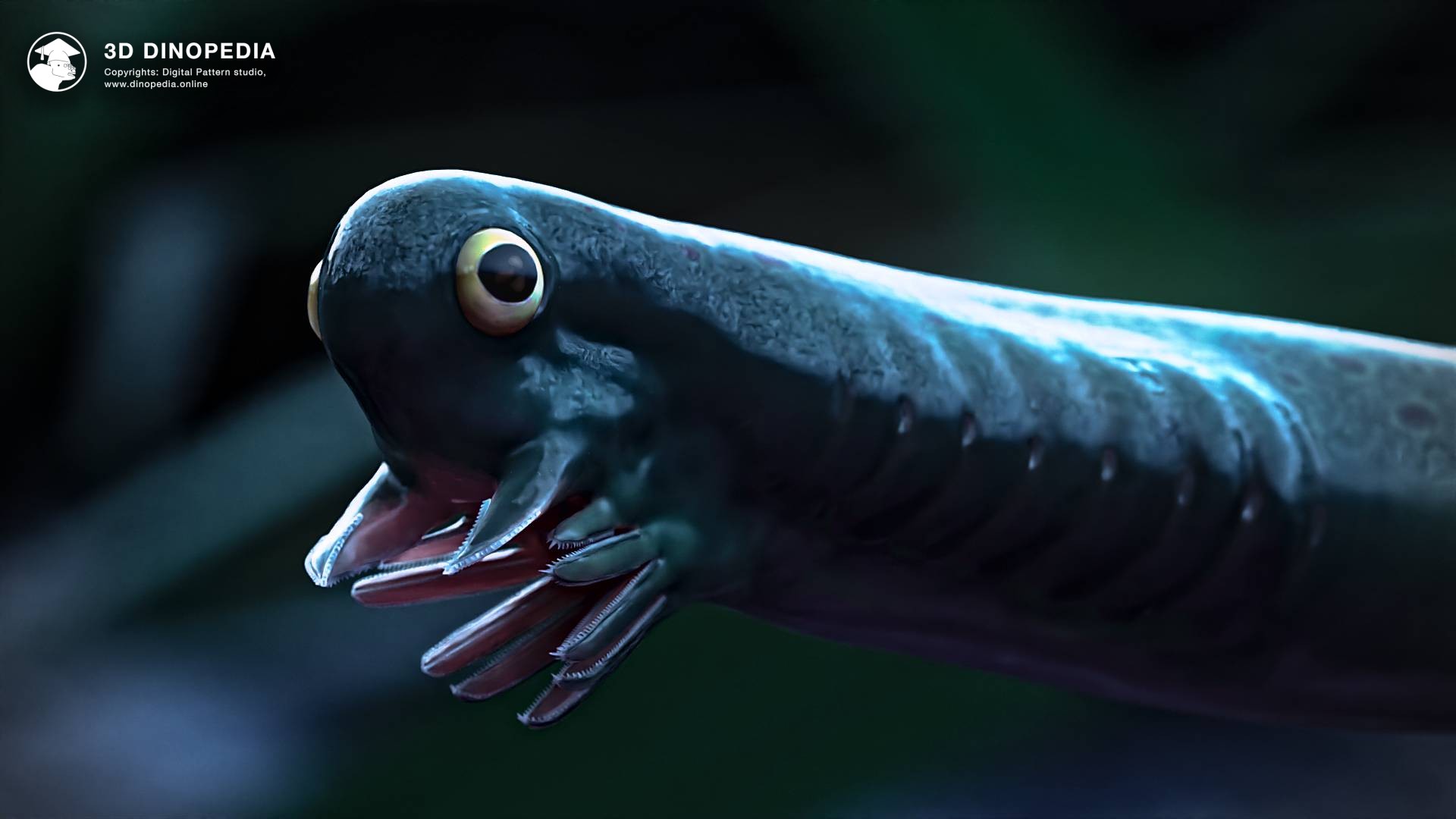
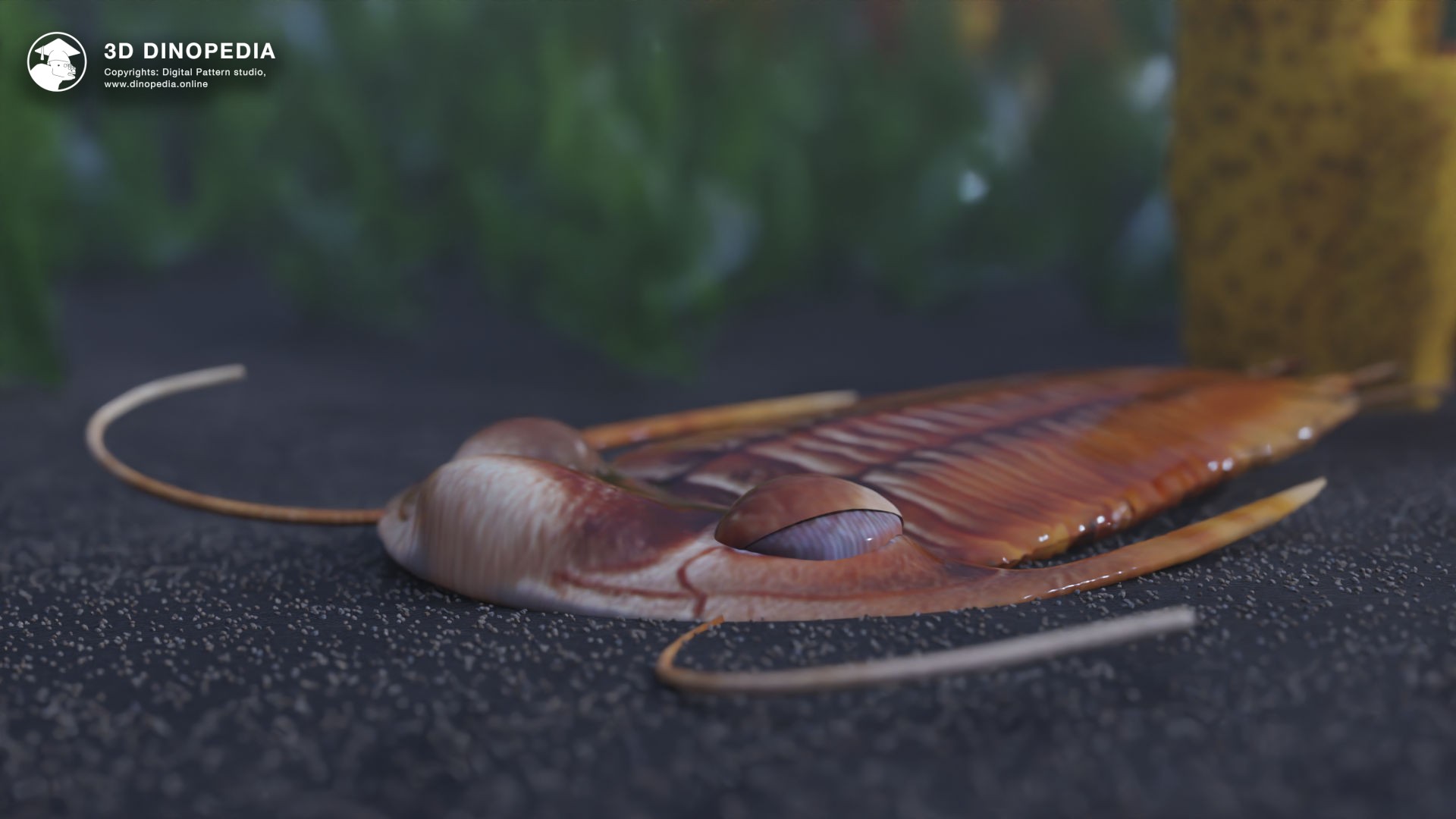
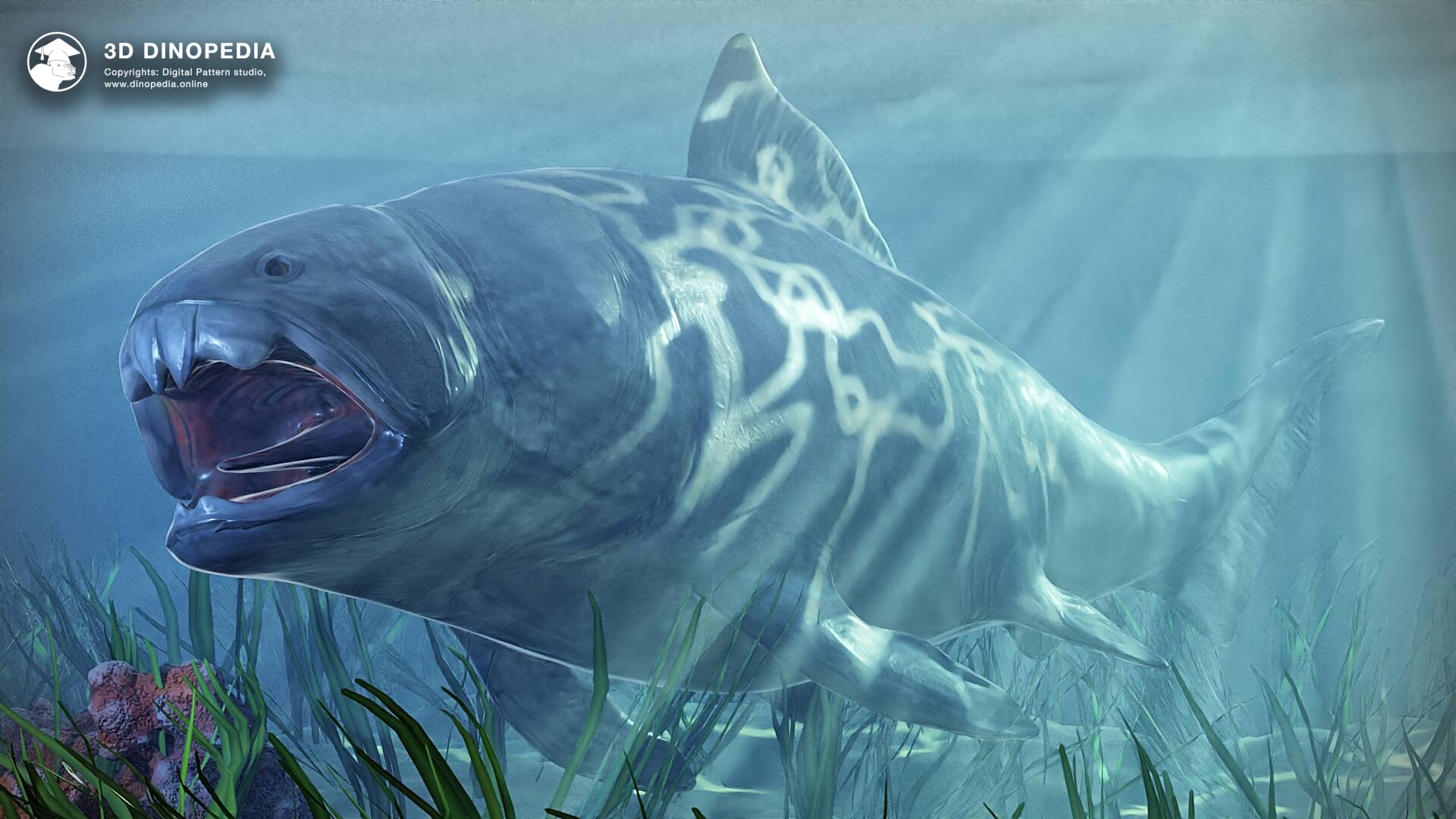
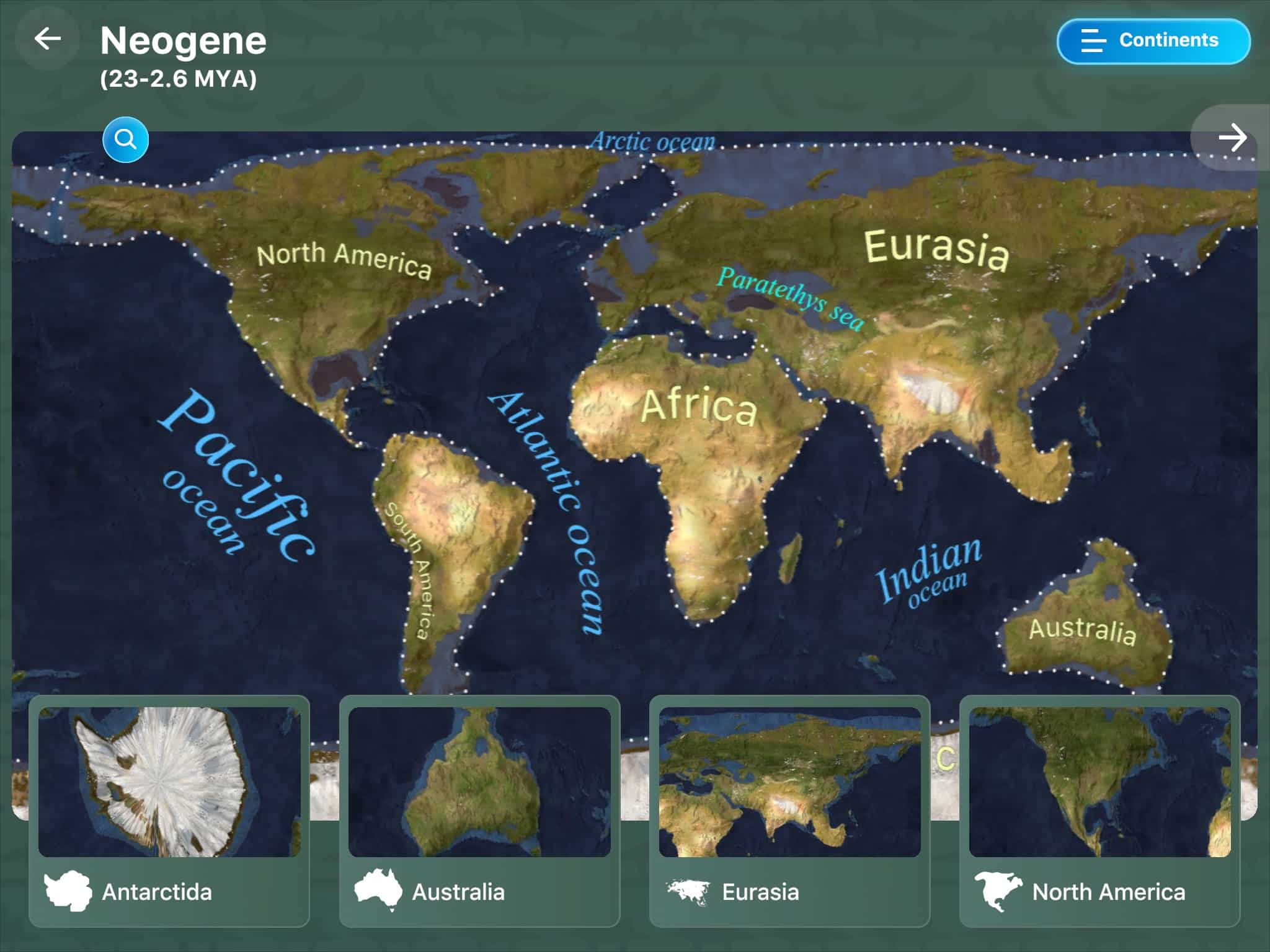

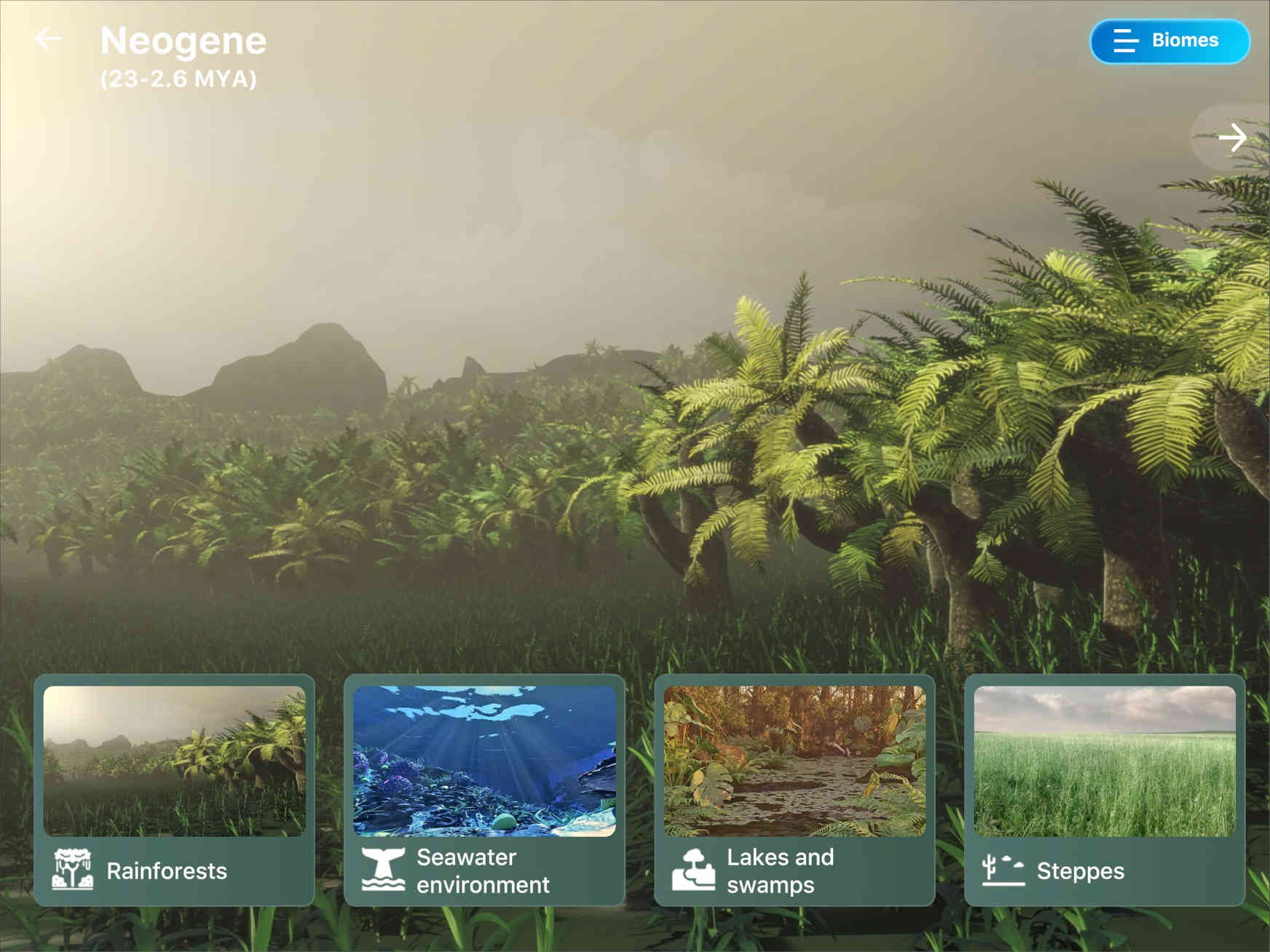
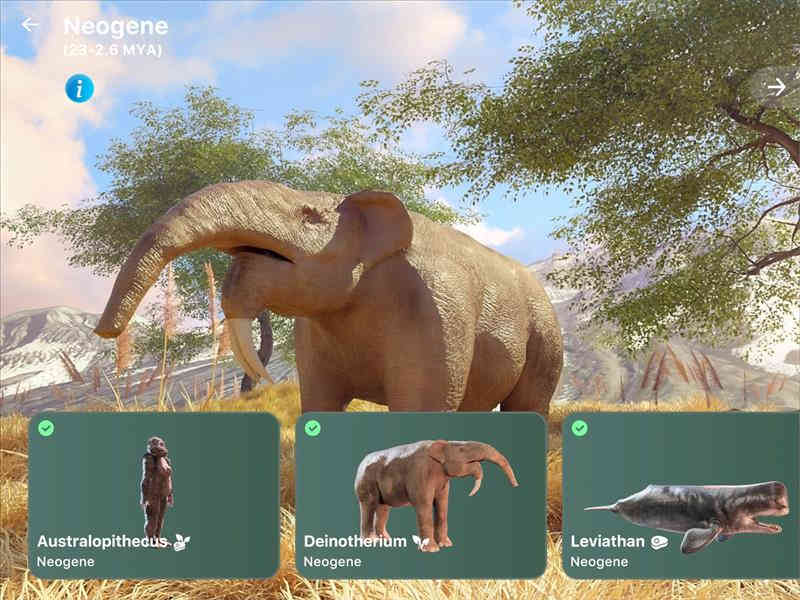





 CONTINENTS
CONTINENTS
 3D BIOMES
3D BIOMES
 FAUNA
FAUNA
 FLORA
FLORA
 EVENTS
EVENTS
 DISCOVERIES
DISCOVERIES
 GALLERY
GALLERY
 3D EARTH
3D EARTH

